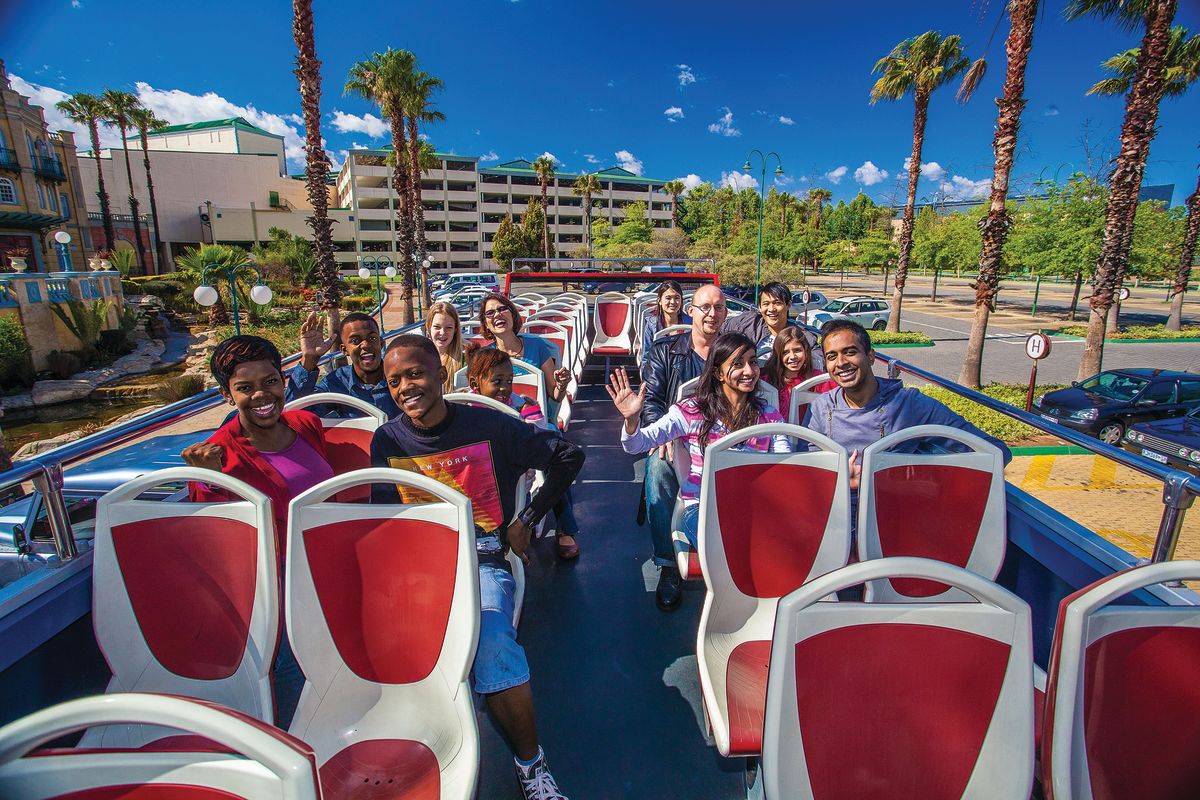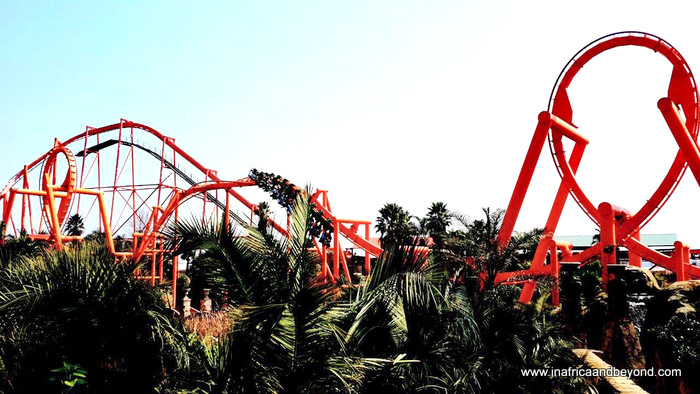Everything about Johannesburg North Attractions
Everything about Johannesburg North Attractions
Blog Article
Johannesburg North Attractions Things To Know Before You Get This
Table of ContentsThe Best Strategy To Use For Johannesburg North AttractionsSome Ideas on Johannesburg North Attractions You Need To KnowHow Johannesburg North Attractions can Save You Time, Stress, and Money.9 Simple Techniques For Johannesburg North AttractionsFacts About Johannesburg North Attractions UncoveredMore About Johannesburg North Attractions
The city owes its location to the visibility of a much more priceless source: gold. The city grew on the side of the Witwatersrand Main Coral reef, a subterranean stratum of gold-bearing quartz-silica empire that arcs for numerous miles beneath the Highveld. Most of the gold mines in the city ceased operation in the 1970s, yet in its day the Witwatersrand gold market made up more than 40 percent of the world's annual gold manufacturing.Johannesburg has a warm climate. Summer season temperature levels average concerning 75 F (24 C); winter months temperature levels balance concerning 55 F (13 C) and just periodically dip below cold. The city delights in regarding eight hours of sunshine daily in both winter and summer season. Rainfall averages regarding 28 inches (700 millimetres) per year, however the complete varies significantly from year to year.
What rainfall the city obtains drops virtually solely in the summer season, commonly in magnificent late-afternoon electrical tornados. Air contamination postures a significant problem, particularly in the winter season, when thermal inversions impede the westward flow of air from the Indian Ocean. Air pollution is most extreme in the largely resolved Black towns on the city's perimeter, where many citizens still depend on coal for gas.

The Only Guide for Johannesburg North Attractions
The equilibrium of the city is occupied by whites. Accommodation differs in character and top quality.
Physical growth, although somewhat restricted by transportation, proceeded swiftly as migration to South Africa, and Johannesburg in particular, boosted dramatically. This problem was resolved in the 1930s when the automobile was introduced in mass production to South Africa. Autos were, for the many component, constrained to the affluent, and allowed them to relocate to the north of the city and commute right into the centre.
Most bad suburban areas were mixed, with poor blacks and whites cohabiting, although the wealthy suburban areas were typically booked for whites. This altered with the political election of the National Celebration in the 1948 political elections, that started to formalise the system referred to as discrimination. Racism officially designated which suburban areas each race can reside in under the Team Locations Act.
The previous system of eleven phoned number areas was reorganised in 2006. Marshalltown, as seen from the top of the Carlton Centre. The M1 and M2 run behind the buildings, and the southern residential areas prolong past the highway limit. The central city of Johannesburg lies within the city's Region F. The approximated population of the area is 200,000, [] but the number of people residing in the inner city on a casual basis is unidentified, as several are illegal immigrants. Most higher-income citizens and white people have actually transferred to the north residential areas and have actually been replaced by lower-income black individuals. The unemployment, education, and age accounts of the location are all unknown, because of the difficulty of obtaining dependable info about the location.
Excitement About Johannesburg North Attractions
Centred on the CBD, the area consists of the suburbs of Yeoville, Bellevue, Troyeville, Jeppestown, and Berea to the eastern. To the west it infects Pageview (Johannesburg North attractions) and Fordsburg. There more tips here are tiny commercial areas to the south, such as City West-Denver and Benrose. Around 800,000 commuters pass via the central city every day, and it operates as a local buying node for site visitors from the southerly residential areas. Yeoville and Bellevue have a mix of home buildings and single household devices on tiny whole lots. The area lies on a hilly divide that ranges from east to west. The most noticeable geographical attribute is Observatory Ridge, which is called for the big observatory situated on it. The recreational spaces are no longer made use of, due to safety and security issues.

Fascination About Johannesburg North Attractions
R. Tambo International Airport). The eastern residential areas are a few of the oldest areas of Johannesburg, there are big click to read neighborhoods of Jewish and various other European histories, the majority of the population is English speaking. There are three golf links in addition to a variety of safeguarded ridges with viewsites. There are several strong and up-market entertainment and buying locations in the eastern such as the Eastgate Mall and the Greenstone mall.
Originally constructed to house male migrant employees, many have actually been improved as homes for couples and households. The residential area was not historically permitted to develop employment centres within the area, so nearly all of its homeowners are travelers to other parts of the city.
7 Easy Facts About Johannesburg North Attractions Described
The N1 Western Bypass links the north suburban areas with the north-western residential areas. The suburbs in the north suburban areas are mostly formal, with no considerable areas of informal real estate, or real estate that lacks a permanent structure. This is an established area, there is a pattern of land usage change from property to commercial, especially along main arterial roads and around well-known nodes.
The area is well connected to roadway networks, specifically along the north-south axis developed by the M1 and N1. Roadways to the east and west are less well developed, as there are no highways taking a trip because direction. In the direction of the northern border of the city, the density of advancement decreases, leaving large areas of untaught land around Midrand.
The Main Principles Of Johannesburg North Attractions
The very first suburb to the north of the inner city is Parktown, which is Your Domain Name located on a hillside forgeting the internal city and Hillbrow. It has many rich homeowners and Edwardian-style estates, along with the Education and Medical schools of the College of the Witwatersrand. The huge concrete Charlotte Maxeke Johannesburg Academic Healthcare Facility dominates the sky line of Parktown.
Report this page